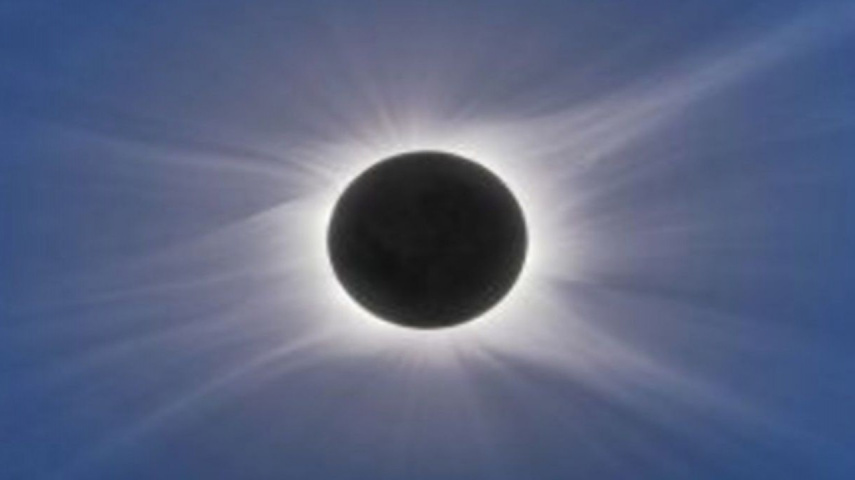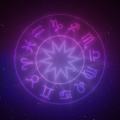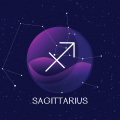Why is the April 8 Total Solar Eclipse rare? Find out
Large portions of the United States, Canada, and Mexico will experience midday darkness on April 8 due to a rare complete solar eclipse that will form a path of totality over the continent.

When the moon moves between the Earth and the sun, it obscures our view of the sun and causes a solar eclipse. When the moon completely blocks out the sun's light, it's called a total solar eclipse. These occurrences are rare and are only briefly visible in particular locations.
What is rare about this total eclipse?
The 2024 total solar eclipse's path of totality will arc from Texas to the East Coast. If the weather is clear, cities like Burlington, Vermont; Dallas, Texas; and Buffalo, New York, will have some of the best views. It is rare to witness a total solar eclipse, even more so when it is not visible in the United States.
The occurrences take place globally every one to three years. However, they are frequently only visible from the poles or the center of the ocean. Savoring a total solar eclipse involves several considerations. To ensure that the event isn't obscured by clouds, viewers must have clear skies. Only those who are in the path of totality will witness the entire effect of the sun being blotted out. According to NASA, those who are not in the path of totality can still witness a partial eclipse, in which part of the sun is obscured by the moon.
The last total solar eclipse, which could only be seen from Antarctica, occurred in 2021. As per NOAA, the duration of totality was a mere minute and fifty-four seconds. 2017 saw the last total solar eclipse that North Americans had witnessed. There were reports of the unusual occurrence in states ranging from South Carolina to Oregon. Before then, just five states were in the path of totality during the last total solar eclipse that was seen in the United States after 1979.
How to be safe during the eclipse?
According to NOAA, the next total solar eclipse will occur on August 12, 2026. This eclipse can be witnessed from Iceland, northern Spain, eastern Greenland, and the Arctic. In the United States, observers of total solar eclipses will have to wait much longer. The contiguous United States won't see a total solar eclipse until August 2044.
Purchase specialist sun viewing glasses that adhere to the international safety standard ISO 12312-2. These glasses protect your eyes from any harm by successfully blocking dangerous UV and infrared radiation. Regular sunglasses and homemade filters don't offer enough protection, so never use them.
Dr. Jason P. Brinton stated, "People can't wear sunglasses and expect them to compensate for the filtering that the eclipse glasses and ISO standard filters provide. Even with eclipse glasses on, NASA advises against viewing the eclipse through a phone, binoculars, camera lens, or telescope. The sun's rays have the power to seriously damage eyes by burning through lenses."
There might not be any harm if someone looks at the eclipse for a very short time. However, damage can occasionally occur even in a split second, according to Brinton. The official term for the ailment is solar retinopathy, and he mentioned having treated patients who had it.
ALSO READ: Total Solar Eclipse 2024: Time, path, duration, how to watch online and more





 JOIN OUR WHATSAPP CHANNEL
JOIN OUR WHATSAPP CHANNEL



































































































